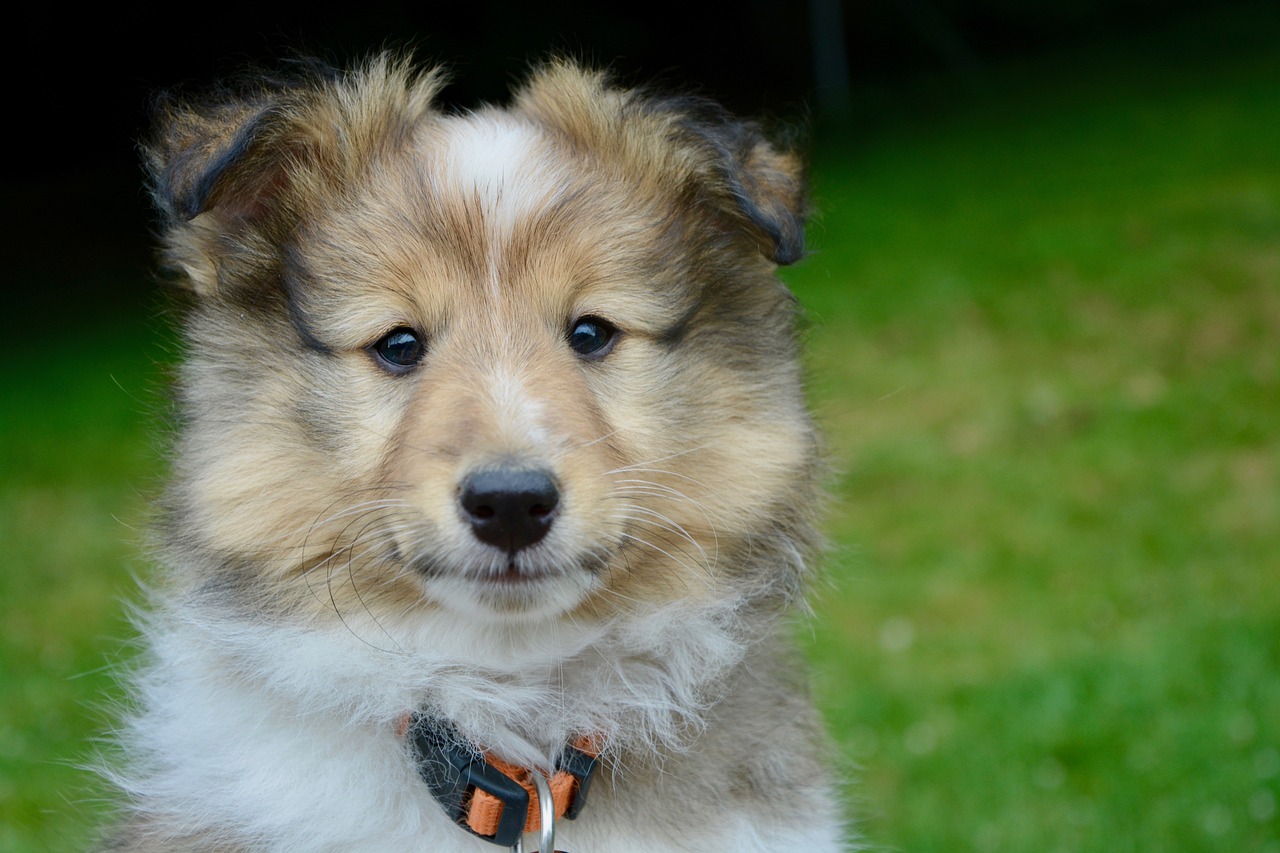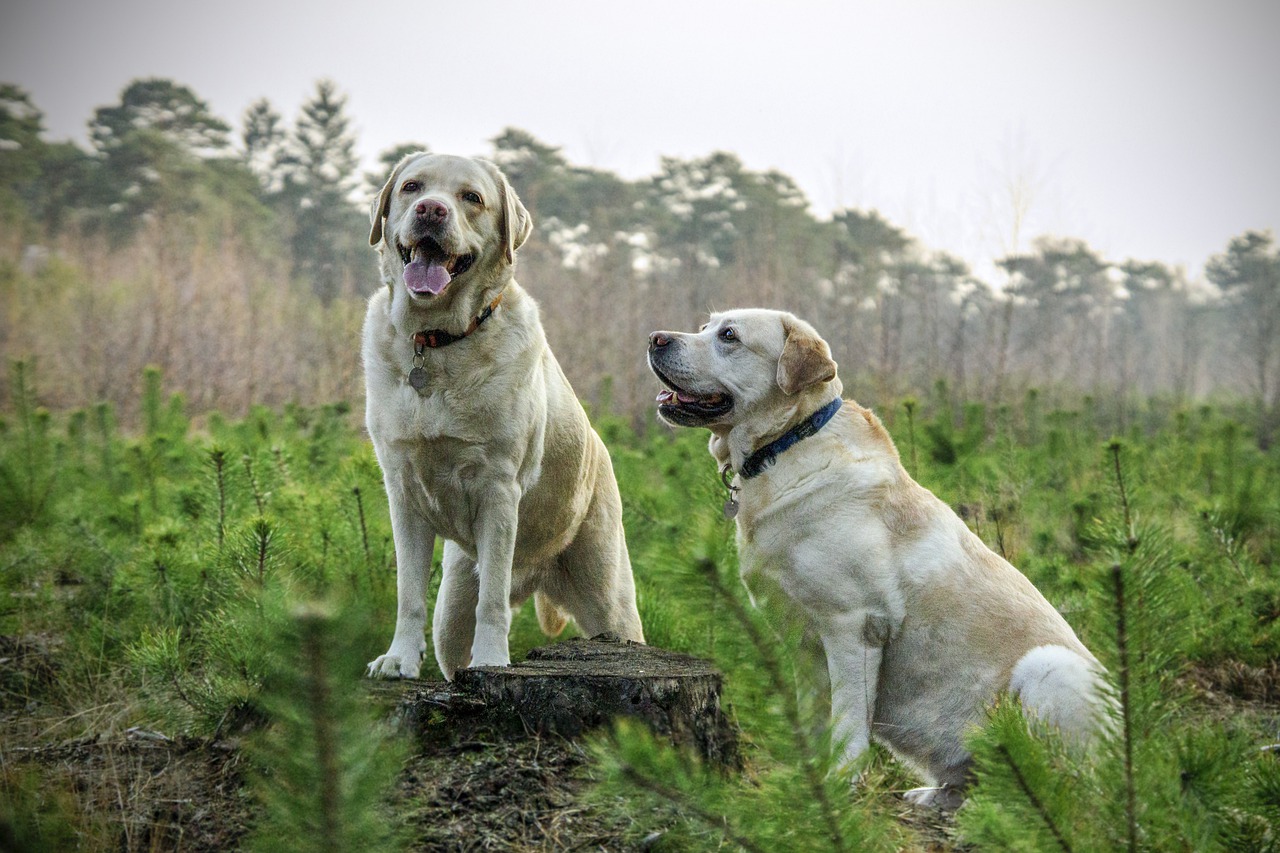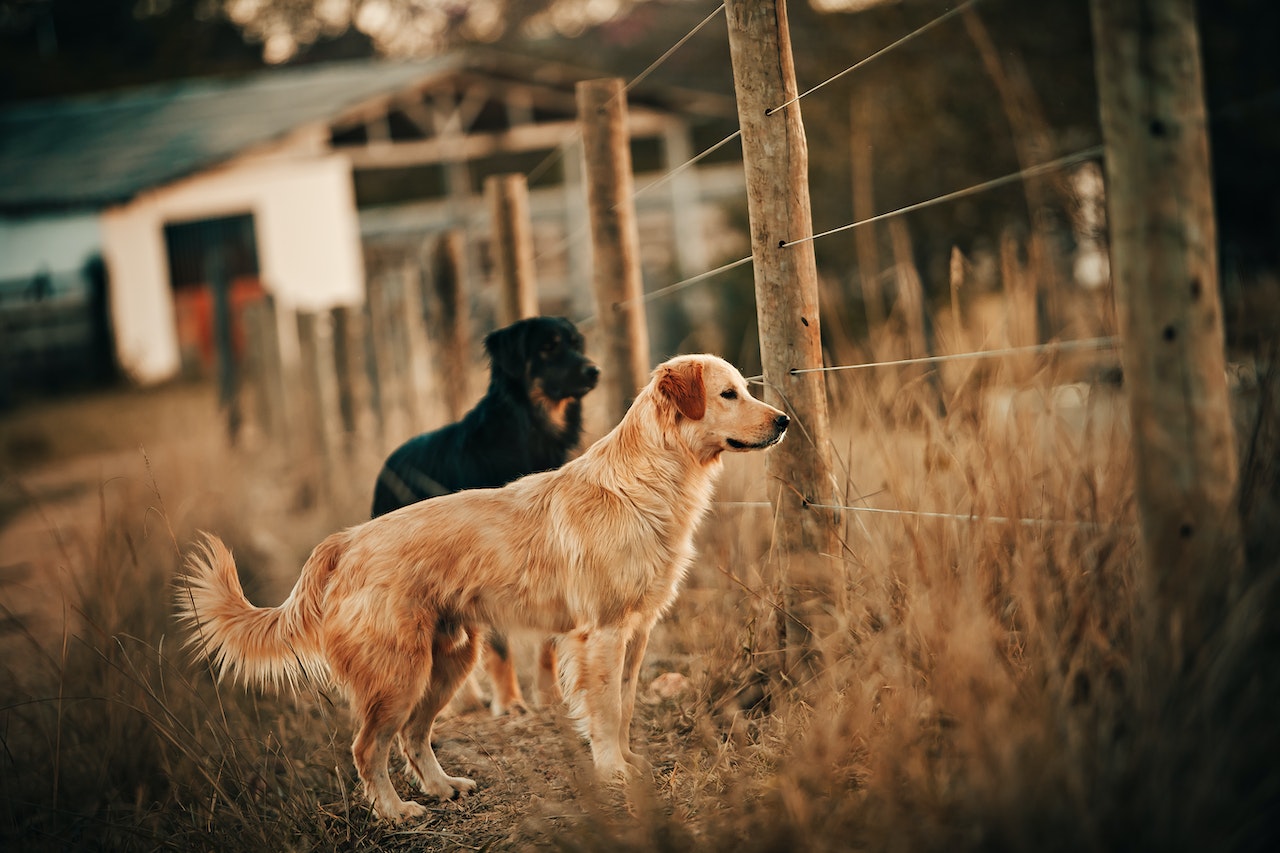 Training your pet to sit is a breeze since dogs sit naturally. “Sit” or the “sit” commands are among the most essential dog-training commands that every dog must know.
Training your pet to sit is a breeze since dogs sit naturally. “Sit” or the “sit” commands are among the most essential dog-training commands that every dog must know.
If you have dogs who are naturally inclined to jump, run and climb trees, fences, and walls The sit command can teach them to sit for a while in one place and pay attention to you. If your dogs are fond of playing around and climbing up within your yard, you’ll need to purchase a dog fence that is wireless so they are protected and secure in your backyard.
The training for the sit command is vital as it will help to establish the basis of the “stay, “stay” command along with other complicated commands. It is essential to make sure that your dog is able to understand the word “sit” and the act of sitting.
If you’re the first dog owner, it’s vital to keep in mind that you should always keep dogs’ treats prepared. We suggest small and soft treats that your dog will love. If you would prefer to train your dog using clickers, or a clicker be sure to hold your clicker nearby. In the beginning, when you are in sessions, it is essential to select a place that is private, quiet as well as free from distractions. For instance, the backyard of your home or tranquil park is a great option.
At What Age Should I Teach My Puppy to Sit?
From 6-8 weeks of age, puppies are with basic obedience commands, like “sit” or “stay.” Puppy dogs are able to learn many things from a young age. If you own older dogs who are not prone to mobility issues They can also be taught to sit when you ask them.
Proper Sitting Position
If your dog’s hocks and bottom are secure and placed on the ground, they are in the correct sitting in the correct position. It is normal for dogs to cheat because their hocks “hover” over the ground. If this occurs, make sure you don’t reward your dog with treats until the feet are firmly in the floor. If your dog is sitting in a proper manner, she ought to remain there until you let her out using a cue. Dog trainers typically utilize the word “Ok” to indicate an indication of release. If your pet is up, don’t be concerned. When she has learned that “stay” instruction, it will enable her to sit and remain until you let her. Regular training is essential. It’s crucial to schedule five to 10 minutes every week to practice this.
Train With Dog Treats
They are soft and chewy and perfect to use in training. To draw the attention of your dog keep treats in your hands and give these to them. Many dog treats are required. If you find it useful it might be beneficial to purchase a bag for treats in your training to store treats without needing to hold treats in your hand every day.
2 Ways to Teach Your Dog How To Sit

There are two methods you can use to teach your dog puppy how to tell what “sit” signifies. If you’d prefer to use both of these strategies simultaneously, or choose the one you’re comfortable with and which is best for your dog.
1. Luring
The first technique is food luring. This is a good starting point. In this case, you’ll need to sit before your puppy and then hold the treat in your hand to entice her. It’s best to keep the treats placed just over the dog’s nose. Make sure to not hold the treat higher than this because this could incorrectly prompt her to leap and grab the reward. In order to encourage the dog to sit, bring the treat toward the dog’s ears and keep the treat close to her head. This can cause the dog’s face to move upwards in order to look at the treat, and then try to eat the sweet treat. A majority of dogs will sit when the treats reach an amount. Once your dog’s bottom is in a solid position and you praise her, say “yes!” or “good dog” with a happy, upbeat tone. Then let her consume the treats. Repeat this trick for a few times. Once your dog is getting it that you are trying to get him to sit, take away the food and just use your hands. Keep rewarding your dog when she is sitting. If you believe that your dog is able to understand that hand signals to be sitting, then you can move on to the next step. Begin with a simple “sit” prior to you hand signal. If you’ve got an electronic mouse in your hand, press it immediately and give your dog a treat. Follow this by praise and petting.
2. Capturing
The other option is the capture. With treats for your dog in your hands, you can stand in front of your dog. Wait for him to settle down. When she is sitting, you can say “yes” or “good dog” and then give her the reward. After that, move back towards the other side. This will motivate her to stand, and then wait for her to sit down again. After she has settled, give her another reward. Repeat this several times. After a few times of practice, when you’ve said “sit,” she’ll sit. The technique of capturing works best with energetic or lively puppies and dogs.
Repeat the Process With Cue Word
Repeat the steps as above until your dog is able to sit when she spots the treat in front of her nose. After that, you can add your cue word. As you hold treats in the same position the same way, you can clearly pronounce your dog’s name, followed by the phrase “sit.” As an example, “Buddy, sit.” It’s a matter of practice, so it’s best to repeat the process repeatedly. Every time you say”sit,” repeat the phrase “sit,” and gradually phase out the hand motion. The trick is to keep making use of the reward but then start gradually removing the hand motion.
Practice, Practice, Practice

Again, consistent practice makes perfect. Each day, it is important to conduct brief exercises throughout your working day. Train in various locations that include both indoors and outdoors. It’s the following stage because you’re trying to create more distracting factors in your dog’s world. It is important for your dog to be seated regardless of any distractions in the vicinity. It is important to finish each training session in a positive way by feeding your dog treats. Be calm and patient.
When your pet has achieved how to “sit” command and are now prepared for leash training. If you’re thinking about which age is best to begin training your puppy’s leash We suggest starting with leash training from 4 to six weeks old.
Proofing the Behavior
Do not push your dog to sit in the event that she cannot sit in her own position after a few attempts. If you force her in a position to sit it is possible that she will become confused or even upset. It’s not a good idea that dogs learn to master pressure or pressure, which includes yelling, or punishment. Additionally, dogs are not prone to respond positively to punishment. Rewarding them with negative reinforcement can cause confusion. The most effective way for dogs to develop is to encourage them as well as a quiet environment as well as dog food. Explore delicious and appealing treats such as fresh meat hot dog pieces string cheese, and liverwurst.
If you’re finding it difficult to convince your pet’s attention with these yummy food items, it’s recommended to record the manner in which they behave. Be attentive to your furry friend and take some time to observe her actions. When you observe your dog sitting on her own, give it rousing praise and give her a treat with the word “sit.” Make sure to do this each time you notice your dog sit. It is recommended to carry treats every time to ensure this is effective. If you own an electronic clicker, keep the device at all times. It’s fairly easy to observe her actions using the clicker. When your dog is able to sit and you are able to move her around with different levels of distraction and then teach her to obey the “sit” signal. This is known as”proofing” behavior. This will ensure that your pet is able to follow this order, regardless of when or where it’s given.
When walking your dog to various locations it is possible to use the retractable pet leash to provide her with more room to stroll. Retractable dog leashes also allow your dog to move according to her pace, and to explore the surroundings surrounding her. The best part is that it’s still within your control.